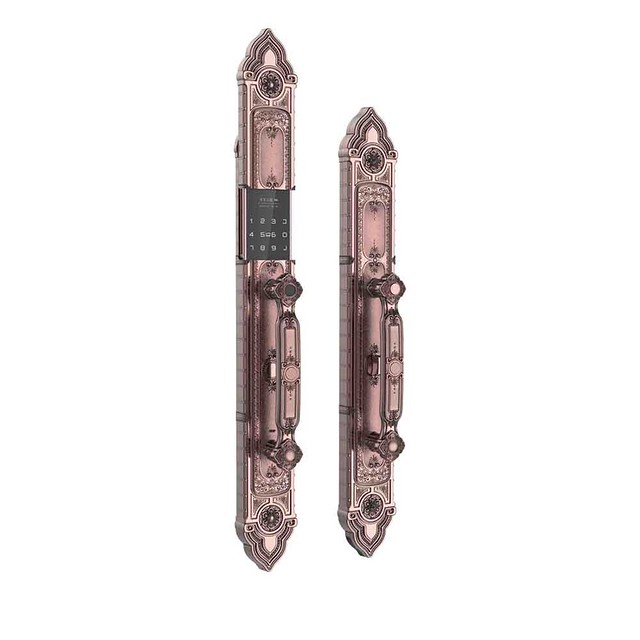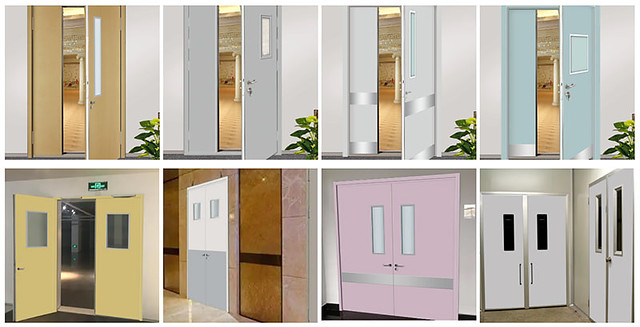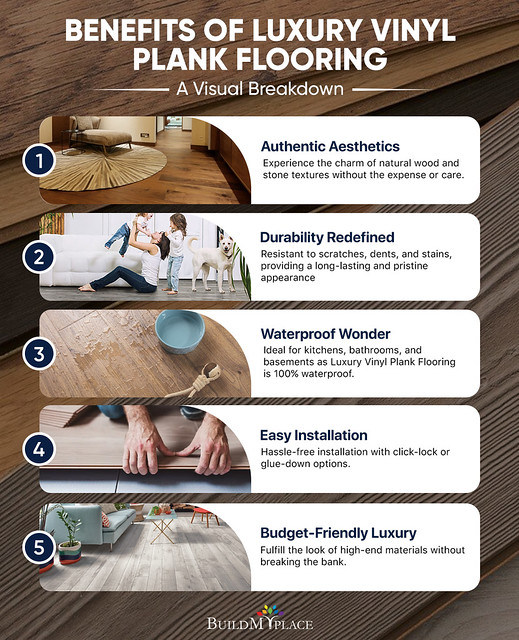
What to Look For When Choosing the Best Solar Panel Wifi Camera
What to Look For When Choosing the Best Solar Panel Wifi Camera
Solar powered security cameras require efficient solar panels that can harvest enough sunlight to power camera and WiFi equipment on a regular basis. They also need reliable battery backup systems to maintain surveillance in poor weather conditions.
Some reputable brands offer 2K resolution, two-way audio, and night vision with color. They also provide a spotlight and piercing siren to deter unwanted guests.
1. Easy installation
The process of installing a solar panel security camera is straightforward and relatively quick. The first step is to choose a location for the solar panel and camera. You’ll want to make sure the camera is mounted at a height that allows you to see the area that you want to monitor. Also, the solar panel should be positioned in a place where it will receive sunlight throughout the day.
Next, you’ll need to mount the solar panel and secure it with screws or anchors. Then, you’ll need to connect the camera to the solar panel using the provided cables. Finally, you’ll need to test the camera and adjust its settings if needed. For example, you might need to adjust the motion detection sensitivity or notifications.
Most solar panel security cameras use batteries to power them at night when there’s no sun. However, the batteries only hold a charge for so long when they’re not receiving sunshine. This is why it’s important to ensure your solar panel has an adequate output and battery capacity.
A great option is the budget friendly eufy solar panel, which has an output of 2.6W and comes with a 13 foot cable. It’s compatible with most eufyCam models and can be angled to obtain maximum sunlight. It also uses DC technology rather than AC, which can reduce energy loss during transmission.
2. Low power consumption
Using solar energy to offer power, these cameras are eco-friendly and energy-saving. They are also convenient for places without electricity and network cables, such as houses, solar powered camera outdoor yards, fish ponds, orchards and farms, mines, construction sites and so on.
Compared with traditional security cameras, the power consumption of solar powered cameras is much lower. These cameras are powered by solar panels and rechargeable batteries. They can operate continuously and self-charge effortlessly. They are also easy to install, allowing you to keep an eye on your home at all times.
Many solar panel wifi cameras also allow you to record alarm detection videos on a TF card. When the TF card is full, the camera will overwrite the oldest recording and start recording again. This feature helps to prevent your recordings from being overwritten accidentally.
Most of the solar panel wifi cameras we tested consume about a third of the energy of other security cameras. However, this does not mean they are cheap to run. You may need to account for a variety of factors, such as the weather, before deciding whether a solar security camera is worth your money.
For example, solar security cameras are less efficient in winter. Their small solar panels can’t charge as much in cold weather, and they often need to be brought indoors for a daily recharge.
3. Rechargeable battery
Solar-powered cameras use batteries to operate, and the batteries are recharged through solar power during daylight hours. This helps prevent the camera from going offline when the sun isn’t out. It also reduces the need for cctv cameras factory manual battery replacement. Solar-powered cameras typically have high-capacity batteries so they can continue operating even in gloomy weather. This is particularly important for camera features like night vision and floodlights.
When shopping for a solar-powered camera, consider the following factors:
Camera resolution: The higher the resolution, the sharper the footage. A higher resolution also ensures that you can identify faces and license plates. Field of view: The wider the field of view, the more expansive the coverage. Motion activation: This feature enables the camera to start recording when it detects movement.
If you’re considering using solar for a camera or WiFi application, it’s important to understand the different types of solar systems and how they work. Then, you can find the right system for your needs.
Off-grid solar power is an alternative energy solution that can benefit camera and WiFi applications by providing a clean and reliable energy source that’s independent of the grid. This type of solar power offers long-term savings and peace of mind, especially for remote and off-grid locations where access to the electricity grid may be limited.
4. Remote access
Generally, solar powered security cameras need to connect to a Wi-Fi network to transmit footage and allow remote access. Some models also operate via a 4G cellular connection or can record footage locally to an SD card without requiring cloud storage. The latter option is a good choice for users concerned about data security. The best solar powered outdoor camera will have a microSD slot for up to 128G of storage, and will automatically backup recorded video to a secure encrypted cloud service.
The Reolink Go PT solar power security camera, for example, offers high-definition video (up to 2K) and a pan/tilt mechanism with 360deg coverage. The camera can be viewed remotely in real time via the mobile app and will send instant alerts whenever it detects motion. The camera is equipped with a PIR movement sensor that distinguishes between people and animals, reducing false alarms caused by wind or rain.
When selecting a solar-powered security camera, it’s important to consider the device’s power consumption and battery capacity. A solar panel with a higher output will be more efficient in converting and transmitting energy, and will therefore provide a longer runtime for the camera and its wireless equipment. It’s also a good idea to check whether the camera is compatible with smart home systems and other security products, such as door locks and smoke detectors.



